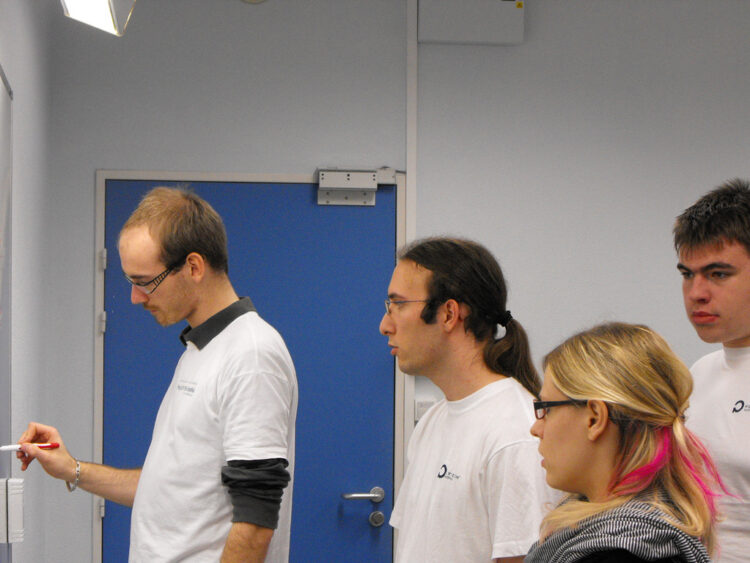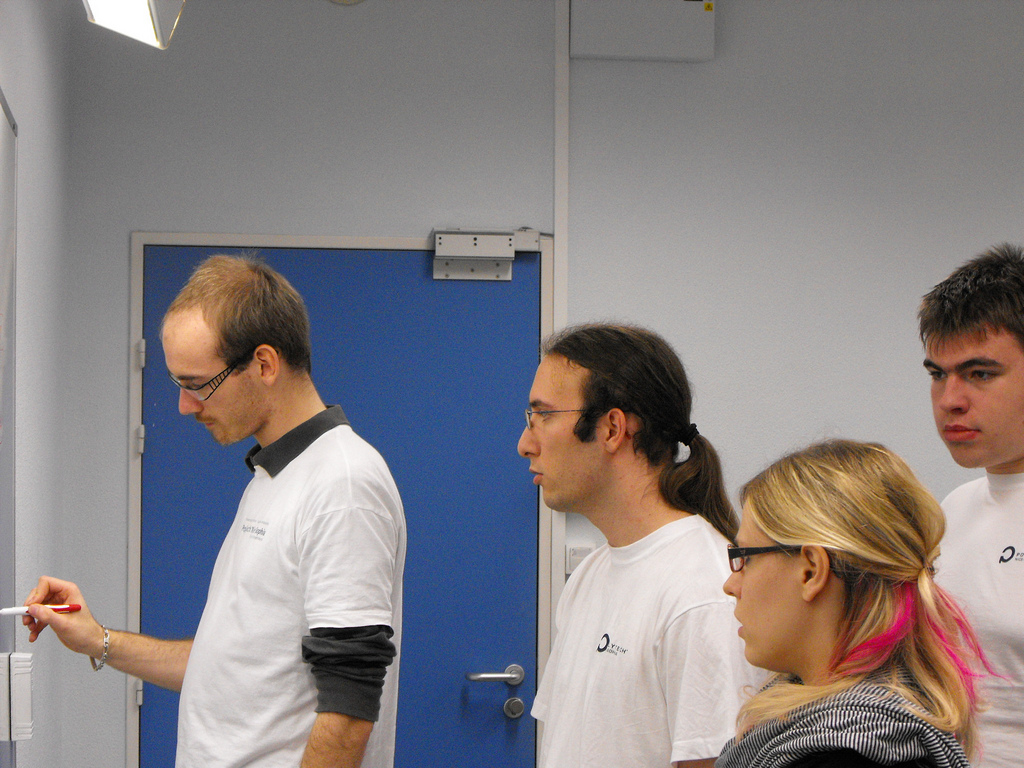There is an old saying that good lawyers run away from risk, while good businessmen run towards risk. Entrepreneurs see “no risk” as meaning “no reward.” In reality, all risks are not the same. Many risks can be managed or calculated to improve growth or provide a competitive edge, while others, like skipping quality checks to save money, are recipes for failure.
The challenge is to avoid the bad risks, while actively seeking and managing the smart risks. There are no guarantees in business, but it pays to learn from the experiences of entrepreneurs and business experts who have gone before you. As a long-time mentor to entrepreneurs, here is my collection of smart risks that investors and I look for in new startups:
- Focus on a tough customer problem rather than a fun technology. Investors hate technology solutions looking for a problem, due to the high risk of no customers. If the customer need is obvious and large, the calculated risk is in the quality of your solution, your team, and marketing. These are risks that can be mitigated with the right resources.
- Schedule frequent updates to your solution to maintain growth. Assuming that you can quickly recover after competitors kill your cash cow is not a smart risk. You need a plan to regularly obsolete your own offerings, with continuous innovation, before customers send you negative messages. It’s hard to recover from a tarnished image.
- Plan to deliver a family of products, instead of being a one-trick pony. Even a great initial product, with no follow-on, won’t keep you ahead of competitors very long. A smarter risk is to build a plan, with associated greater resources, that will put you in position to expand your product line and keep one step ahead of competitors.
- Implement a modern real business model. Providing everything free, and growing users to the max for years, like Twitter and Facebook, is a high-risk approach that requires deep pockets. Risk is more manageable with subscriptions and even freemium pricing. Even non-profits need revenue to cover their costs, and continue to provide services.
- Find a strategic partner to accelerate growth. Everyone wants to forge ahead all alone, and kill every competitor in sight. Almost always, risks are more predictable when you use coopetition for access to new customers, economies of scale, and shared resources. Finding win-win deals is a manageable risk, versus a battle with one winner.
- Use metrics to measure results of marketing initiatives. Too many entrepreneurs put all their resources in one big make-or-break effort they can’t measure, or they count on word-of-mouth and viral marketing, which are totally unpredictable. I like marketing plans that come from both inside and outside the box, but have milestones and measurements.
- Recruit the best team members and provide incentives. Trying to save money by recruiting family members, or hiring only interns, is a bad risk. Great team members may take more time to find, and cost you stock options, but a qualified and highly motivated team that stretches your budget is a good calculated risk.
- Build your business with minimum outside funding. More money is not more likely to solve your problems or reduce your risk. Investors know that startups with too much money fail just as often as those with not enough. Strategically, you need a plan to survive through organic growth, with outside funding to effectively accelerate scaling.
- Don’t rely on conservative forecasts to reduce risk. Investors don’t fund conservative forecasts, or wildly optimistic ones, since both imply a lack of commitment and homework. Opportunity and revenue projections based on deep market and customer analysis are a smarter risk. Measurements and business intelligence along the way also mitigate risk.
- Be a leader rather than following in the footsteps of another. Many entrepreneurs think they can reduce and predict risk by emulating previous winners like Google and Twitter. But, stepping into a crowded space to steal customers is more risky than attracting new customers looking for a solution. Customers like leaders, not followers.
The risks you want to take are the ones that you plan for in your resources, set up metrics to measure, and manage on an ongoing basis. All the rest are bad risks, including problems you didn’t anticipate, competitors you didn’t know about, and customer expectations that you can’t meet.
An age-old measure of startup health is how much time top executives spend on containing bad risks, versus proactively exploring new risk opportunities. If the majority of your time is in recovery mode, your whole startup is likely a bad risk.
Image credit: CC by Wizou




